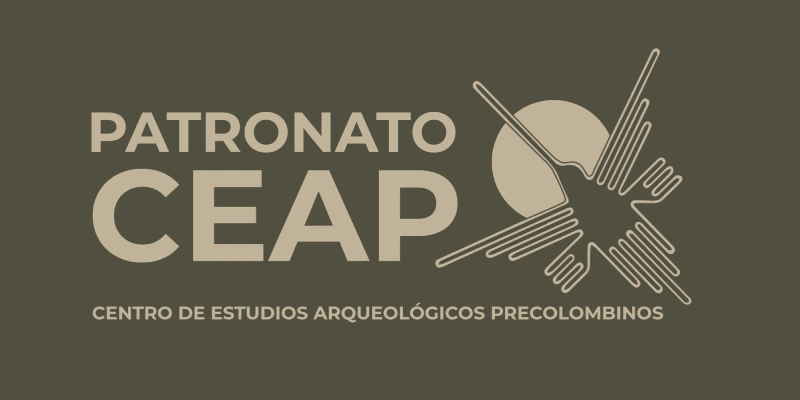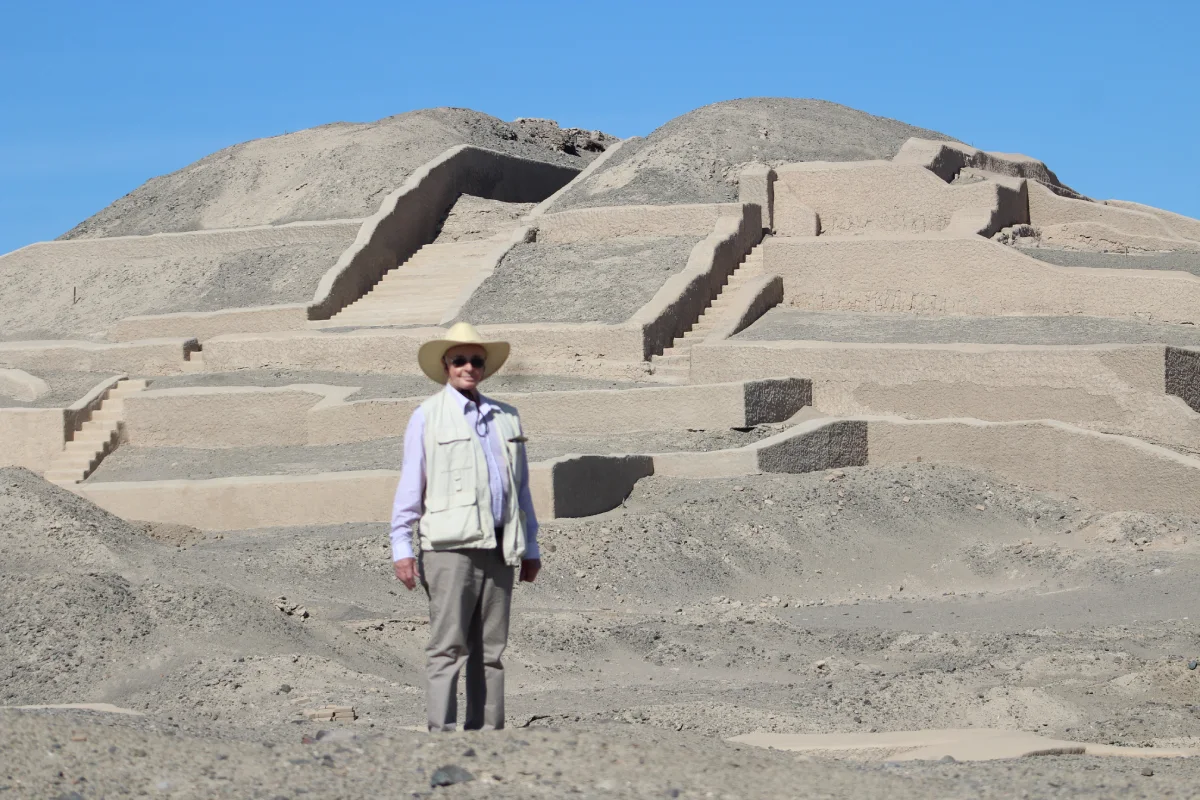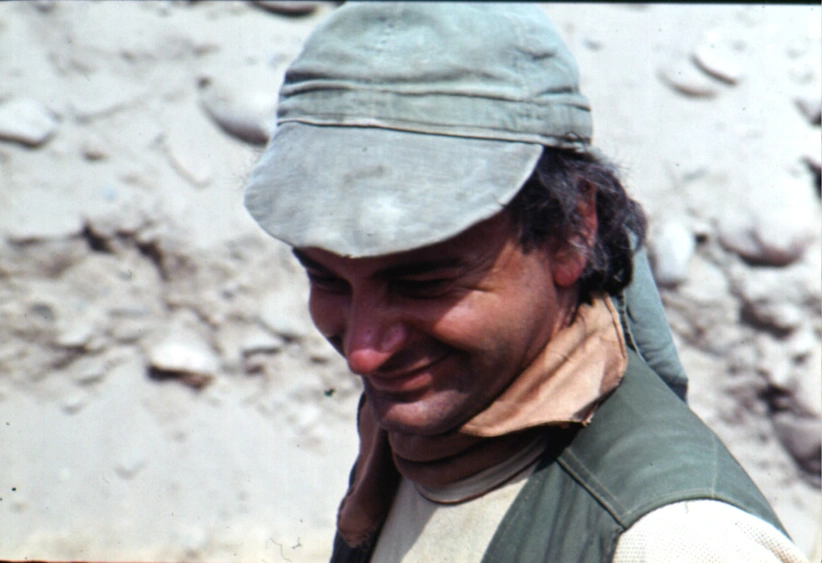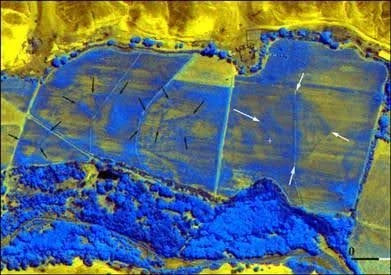The history of Giuseppe Orefici Pecci is that of a man passionate about culture, archaeology, and the preservation of historical heritage. Born in Italy and later linked to Peru, he dedicated his life to research, teaching, and projects that continue to inspire new generations today. This article reviews his early years, academic training, family, and the moments that shaped his life.
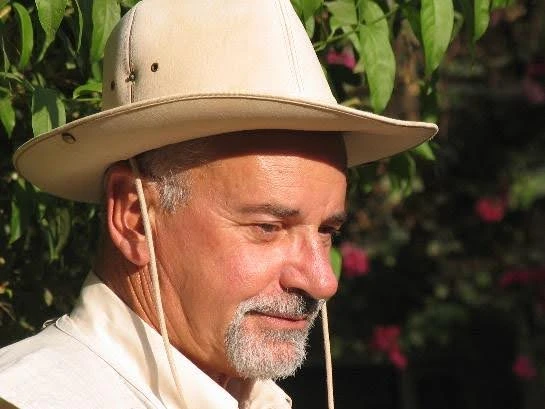
Early Years in Italy
Giuseppe Orefici Pecci was born on May 7, 1946, in Brescia, northern Italy. He described himself as a “child of the war,” as he was born shortly after the end of World War II. His childhood took place in an environment of recovery following the fall of fascism and the beginning of the Italian Republic.
His mother, Wanda Pecci, descended from Pope Leo XIII, known as the “Workers’ Pope.” His father, Cino Orefici, served as a volunteer in the liberation of Trieste and Trento during the Great War and later worked as a lawyer and public official in Brescia.
The Orefici-Pecci family was small but very close-knit: Giuseppe grew up alongside his sister Graziella, who later earned a doctorate in Biology and Medicine, holding prominent positions in Italian healthcare and within the European Economic Community.
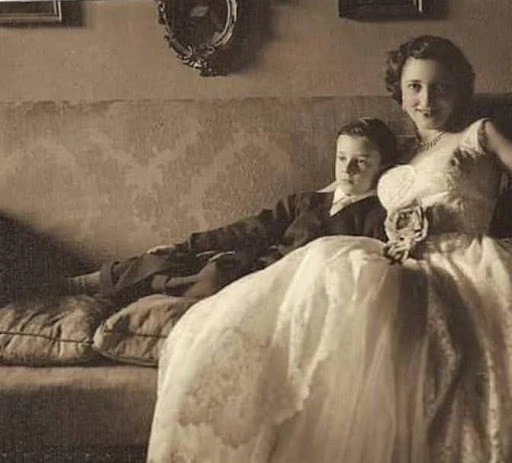
Education and Academic Training
From a very young age, Giuseppe had the opportunity to travel across Europe with his father, which nurtured his interest in art and culture. He visited Spain, France, Portugal, Turkey, Belgium, the Netherlands, Switzerland, and East Germany—experiences that shaped his worldview.
He studied at the Liceo Arnaldo in Brescia, continued in Milan, and later in Venice, where he trained as an architect and obtained his PhD in Architecture in the 1960s. He lived independently from the age of 17, showing great autonomy and determination. In addition to Italian, he mastered Latin, Greek, French, and Spanish—the latter learned in a self-taught way, through reading and direct practice rather than formal courses.
Personal Challenges and Family
At the age of 23, Giuseppe faced the painful loss of his father, which forced the family to overcome economic hardships and rebuild their patrimony.
Over time, he had a daughter, Sara, a psychologist by profession, who accompanied him on several archaeological expeditions, including those in the Alto Madre de Dios region and the research in Cahuachi, Peru. She gave birth to his grandson Giulio, whom Giuseppe remembered with pride and affection.
Cultural and Academic Legacy
The story of Giuseppe Orefici Pecci goes beyond his personal life—it is also about his great contribution to archaeology, particularly the preservation of Cahuachi, the largest adobe ceremonial city in the world, located in Nasca, Peru. His passion for safeguarding cultural heritage made him an international reference in pre-Columbian studies.
Conclusion
The history of Giuseppe Orefici Pecci is that of a man who united his Italian roots with a profound love for Peru and its archaeological legacy. His life reflects perseverance, discipline, and a deep vocation for culture and research. Today, his memory lives on not only among those who knew him but also in the spaces he helped rescue for history.
